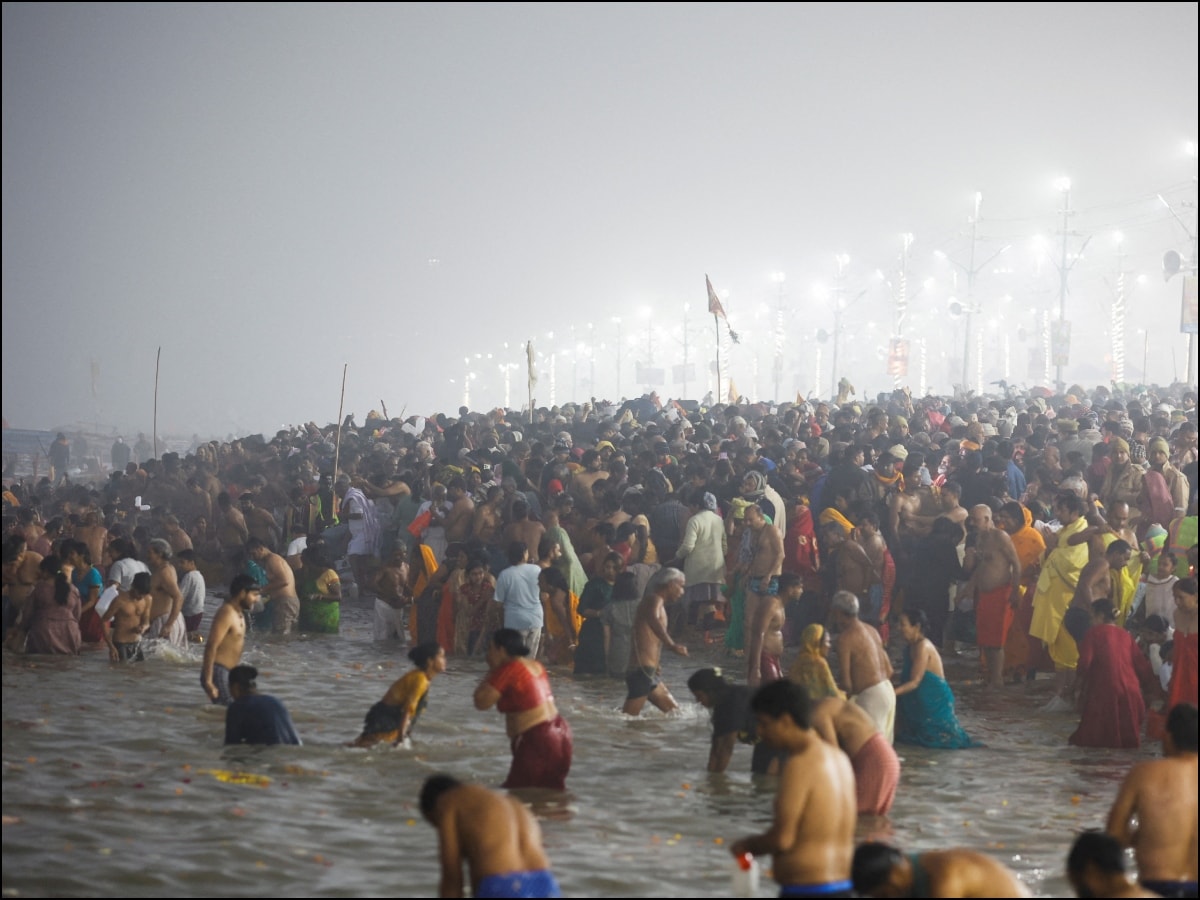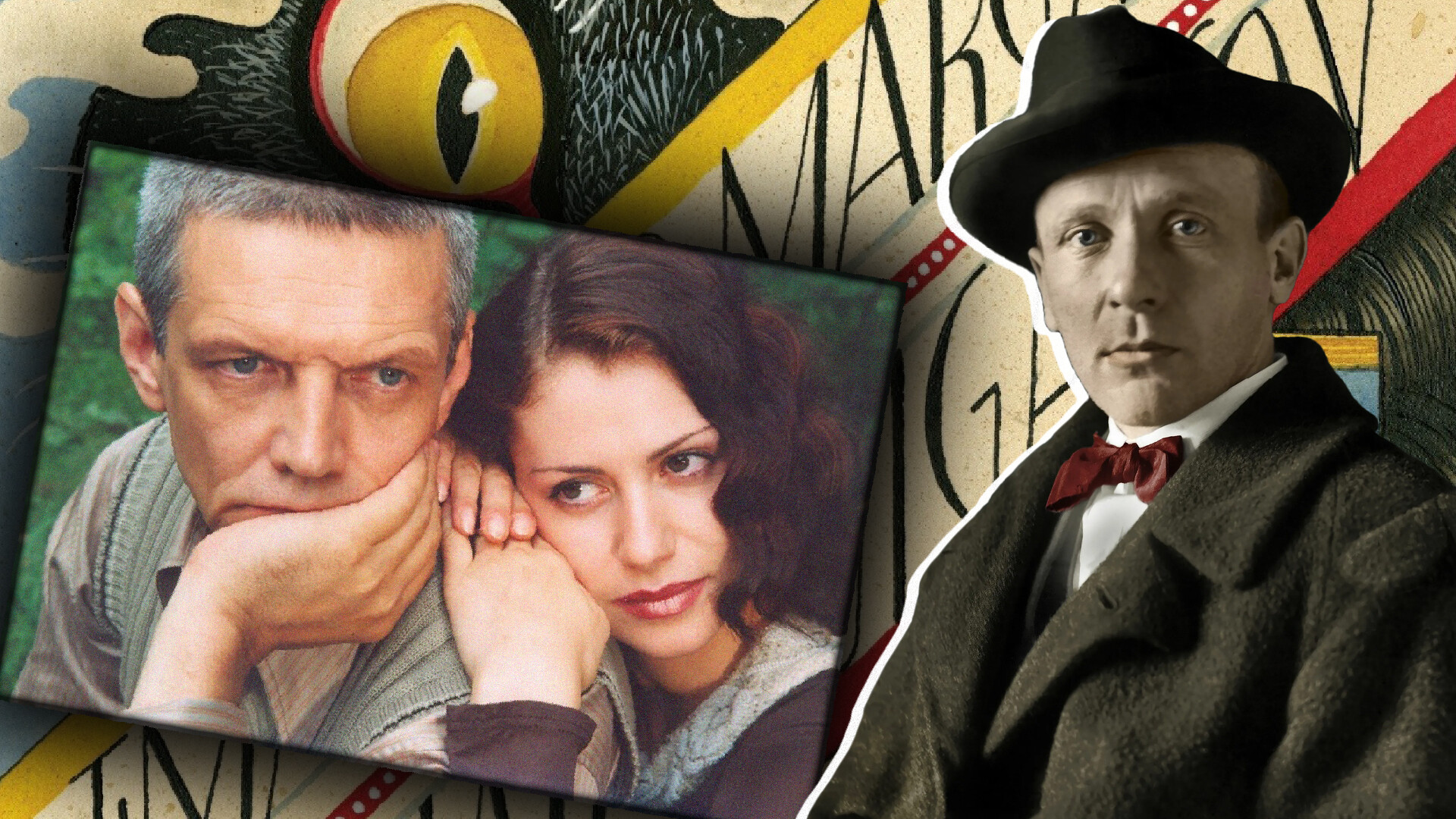The maiden celebrations marking the birth of the Republic of India were not held on Rajpath (now Kartavya Path), the historical avenue that has over time become synonymous with the ceremony. It was held in the 1930s-era Irwin Amphitheatre after the country got its first president.
Since then, Republic Day celebrations have evolved into a grand spectacle, showcasing India's cultural diversity, military prowess, and technological advancements. The iconic parade on Rajpath, with its colorful floats, marching bands, and daredevil stunts by the armed forces, is a sight to behold.
Evolution of Republic Day Celebrations
Over the years, Republic Day celebrations have undergone several changes and additions. The introduction of the grand tableau representing different states and Union Territories of India added a new dimension to the parade, highlighting the country's rich heritage and traditions.
Significance of Republic Day
Republic Day holds immense significance for the people of India as it marks the day when the Constitution of India came into effect, replacing the Government of India Act (1935) as the governing document of the country. It signifies the transition of India from a British colony to a sovereign republic.
Celebrations Across India
Republic Day is celebrated with great fervor across the length and breadth of India. From the flag hoisting ceremonies in schools and government offices to cultural programs showcasing India's diversity, the day is a reminder of the unity in diversity that defines the nation.
Future of Republic Day Celebrations
As India progresses on its path of development and modernization, the Republic Day celebrations are expected to evolve further, incorporating new elements while retaining the traditional charm that makes the event so special.





